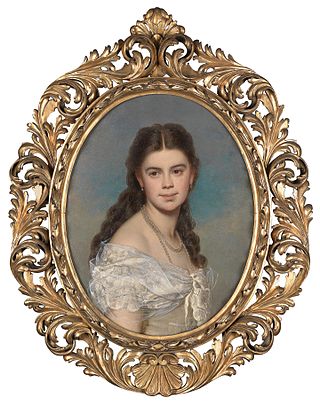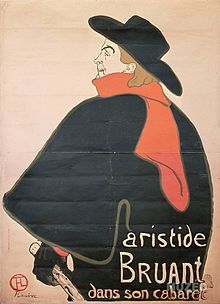p 355 | A tea dance, also called a thé dansant (French for "dancing tea"), is a summer or autumn afternoon or early-evening dance from 4 p.m. to 7 p.m., sometimes preceded in the English countryside by a garden party.
p 356 | A l'ombre d'un petit bois de pins qui couvre la partie supérieure de la grande ile, s'élève le Chalet, café-restaurant tenu par les glaciers Poiré-Blanche. (In the shade of a small pine forest that covers the top of the large island, stands the Chalet, café and restaurant run by Poiré Blanche glaciers [makers of ices].
p 365 | "... fall of Gaeta..." : The Siege of Gaeta was the concluding event of the war between the Kingdom of Sardinia & the Kingdom of the Two Sicilies, part of the unification of Italy. It started on November 5, 1860 and ended February 13, 1861, in Gaeta (today's Southern Lazio, Italy).
p 365 | From Manet, Wagner, and the Musical Culture of Their Time by Therese Dolan (p 33): "...The third act found little favor with the majority and the end of the opera was greeted with loud sifflements, the hissing and whistling that were the characteristic French show of disdain. Jules Janin reported that Princess Metternich broke her fan against the railing of the loge where she was seated because she pounded it in such fury at the hostile reaction of the audience." This was at the Paris debut of Wagner's Tannhäuser on March 13, 1861.
 | |
| Caroline Bonaparte |
p 365 | Maria Carolina Murat (1782–1839), better known as Caroline Bonaparte (a younger sister of Napoleon I), was also the Queen of Naples.
p 366 | Duras=Duchesse de Duras, 1st wife of the Duc de Duras.
p 367 | In Wagner's Die Meistersinger Von Nurnberg, the character Beckmesser is "the pedantic town clerk and master of "Die Meistersinger." ... Beckmesser can't actually create beauty himself; all he can do is find flaws, judging the new by the old..." From a music review by Edward Rothstein, New York Times, 1/24/93.
p 369 | Bernardin de Saint-Pierre (1737–1814) was a French writer and botanist.













